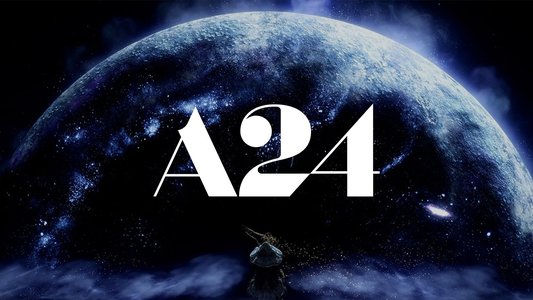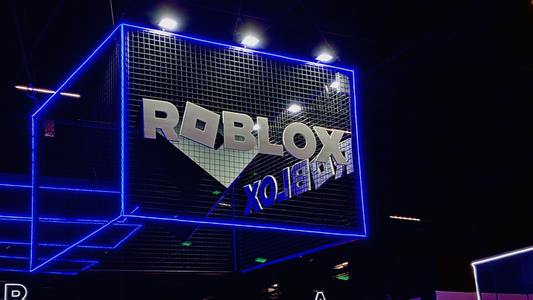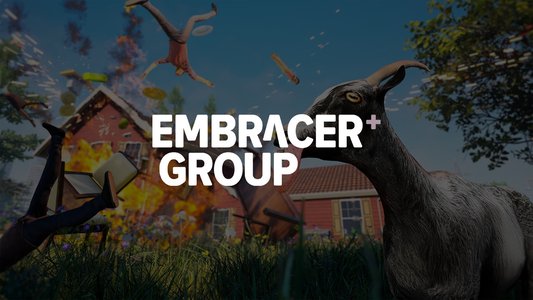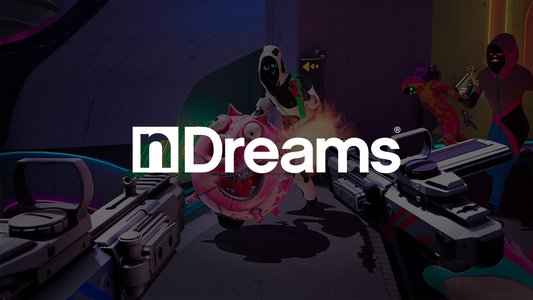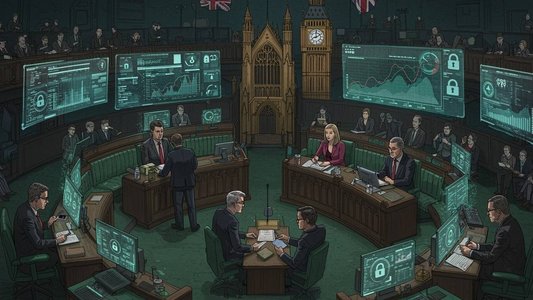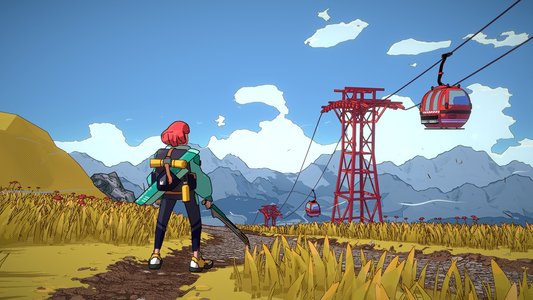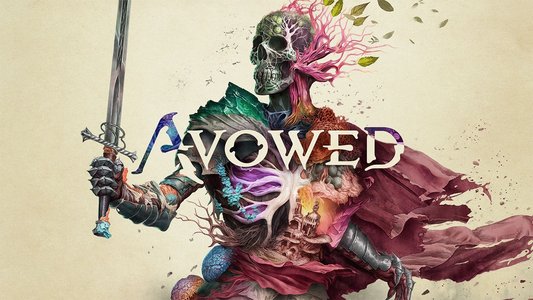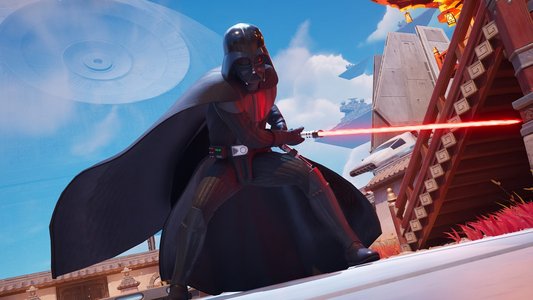I'd been invited to speak with the Japanese veteran and take his new title, To a T, for a spin in a spacious hotel suite at GDC 2025. After ambling through a brief demo that showcased the upcoming sojourn in all of its whimsical, offbeat glory, I parked myself next to Takahashi to learn more about his process.
Before I could fire up the recording app on my iPhone, however, Takahashi asked whether he might inspect the handset. The device, what I assumed was a run-of-the-mill iPhone 15 with a yellow colorway, piqued his interest because of its apparently ambiguous hue. We spent the next few minutes debating what constituted 'yellow' and whether this particular morsel of technology was in fact more of a 'banana' shade. We eventually agreed on the latter.
It was a small exchange that quickly told me two things: this would not be a straightforward interview, and this is a person who—despite spending decades making video games—remains unapologetically curious. Over the next 25 minutes we spoke at length about everything from production processes to the need for a creative revolution in the niche field of playground design.
Related:Dredge wasn't originally going to be a narrative game, but then it became one of 2023's best
Here's everything I learned during that wonderfully winding conversation.
To a T wasn't immune to scoping issues
Takahashi tells me the idea for To a T, which tells the story of a 'Teen' stuck in a T-pose who must attempt to navigate life in a small town with the help of a fluffy companion, came to him fairly quickly.Yet, it took longer than expected to turn the concept into something viable. He explains the development team (Takahashi now works at a studio called Uvula) initially thought they could finish To a T in around two years. In the end, the project was in the oven for five.
Although production took longer than anticipated, the nucleus remained unchanged. "It's sort of a sitcom," explains Takahashi, who says he storyboarded the beginning of the game in order to consolidate and communicate his vision for the project. Following our chat, Takahashi sent over some of those storyboards, which you can see below.
Four pencil drawing storyboards showing Teen navigating a variety of daily challenges
To a T storyboards via Keita Takahashi
12 people worked on the title when production was in full swing, but the size of the team fluctuated over the years. It was important, says Takahashi, to acknowledge their strengths and weaknesses during that time.
For instance, he explains they generally tried to avoid incorporating physics because they can be "so tough and difficult."
Related:How Star Wars Outlaws' poker-style mini-game helped to define its tone
"We just use physics for the VFX and stuff like that," he says. He notes the narrative has always been the glue that binds the experience together. "I thought of the story and then tried to think about what kind of mini-games would fit," he continues.
Those mini-games will see players attempt to help Teen brush their teeth, choose their outfit, and chomp down some cereal to understand how seemingly mundane actions can become notable hurdles when you exist outside the perceived norms of society.
For all of its whimsy and barmy charm, the demo was also a sensitive and affecting look at what life is like when the "little things" are hard and what it means to be the "perfect shape." There was also a singing Giraffe who is besotted by sandwiches. Tremendous.
"Being a game developer is so risky"
As our conversation turns to how the industry at large has changed over the past five years—with a short-lived COVID-19 boom and subsequent over-investment eventually leading to mass layoffs, studio closures, and debilitating funding challenges—I ask Takahashi what he gleaned during that time and whether he has any advice for developers looking to bring their own unique vision to life.Initially, he's reluctant to whisper any sage words. "I'm still too young to offer wisdom," he says. The fear is that he might unintentionally offer bad advice. "I'm the worst, dude," he continues, with a laugh. He does, however, suggest the game industry has always been fraught with danger.
Related:'We write good stuff in the pub:' the comedy first approach to Thank Goodness You're Here
"This not only in 2025—I think being a developer is so risky," he says. "Especially being a game designer. Engineers and artists might be fine, because at least they have a skill. But being a game designer, it's very unclear [what they do]. What is a game? I don't know."
Despite intimating he's unsure what constitutes a video game after releasing multiple acclaimed titles, Takahashi eventually hones in on a single word: "interactivity."
Beyond that, he feels the industry has become too prescriptive. An innate focus on placing video games into categories and genres—adventure, shooter, RPG, battle royale—has, in the words of Takahashi, convinced people to "keep following that direction without thinking."
I ask whether that means the industry—and particularly those in the executive suites—should unlearn everything they think they know about what constitutes success. "There might be a good chance," he replies.
He posits that business leaders should serve developers—not the other way around. The recent generative AI gold rush, he suggests, is a perfect example of that imbalance.
"I don't care whether [those tools] are creative or not," he says. "I hate that they're just doing that for the business' sake. Nobody said 'please make them,' but everyone is asking for them to make the [work] environment better. [But the big companies] just keep making what they want, which is money."
Takahashi says building a playground remains the "dream"
It's evident Takahashi has an unshakable belief that creativity is about eschewing norms in favor of the unknown.I wonder whether that seemingly innate instinct to dismantle expectation feeds back into his long-held desire to design and construct a real-life playground—as he revealed to an audience at the (now-defunct) GameCity conference in Nottingham back in 2005.
Takahashi tells me that designing a park is still his "dream." As for whether there's any overlap between that mission and his game design instincts, he explains that in his mind "the virtual and the physical is kind of the same."
"I also know they're different," he quickly adds with a smile, as if to reassure me that he isn't having an existential meltdown. Internally I breathe a sign of relief.
We press on. Takahashi continues dissecting his vision for the new-age playground. He tells me he views most instances of the time-old recreational area as overplayed and dull.
"I feel it's a wasted idea," he continues. "When I see the current playground equipment—it's boring. It's designed only for the child. The parents are just sitting on the bench and looking at their smartphone, or talking with the other parents. It's not designed for the adult."
It's hard to argue. See-saws. Swings. Roundabouts. Slides. All tried, tested, and decidedly tired. There has been a notable lack of innovation in this field for decades. Playgrounds have become stagnant. I ask Takahashi how he would innovate.
His answer is one that might give health-and-safety inspectors sleepless nights: "risk."
Yet, with that one word, I wonder if perhaps Takahashi has also surmised what is becoming increasingly absent from the game industry—particularly within the biggest studios.
Fast-following can only breed imitation, and when ideas such as originality and creative risk become novel, you have to wonder whether someone like Takahashi would have even been able to break into the industry if they were a newcomer today. Thankfully, in this instance, that thought remains completely hypothetical.













